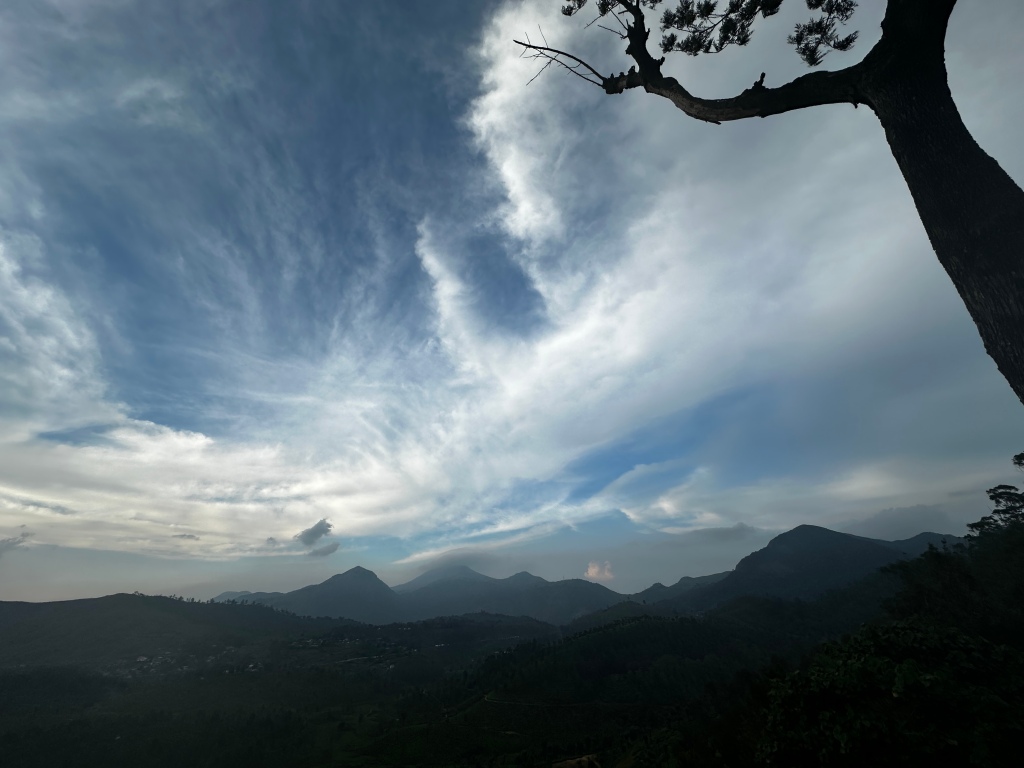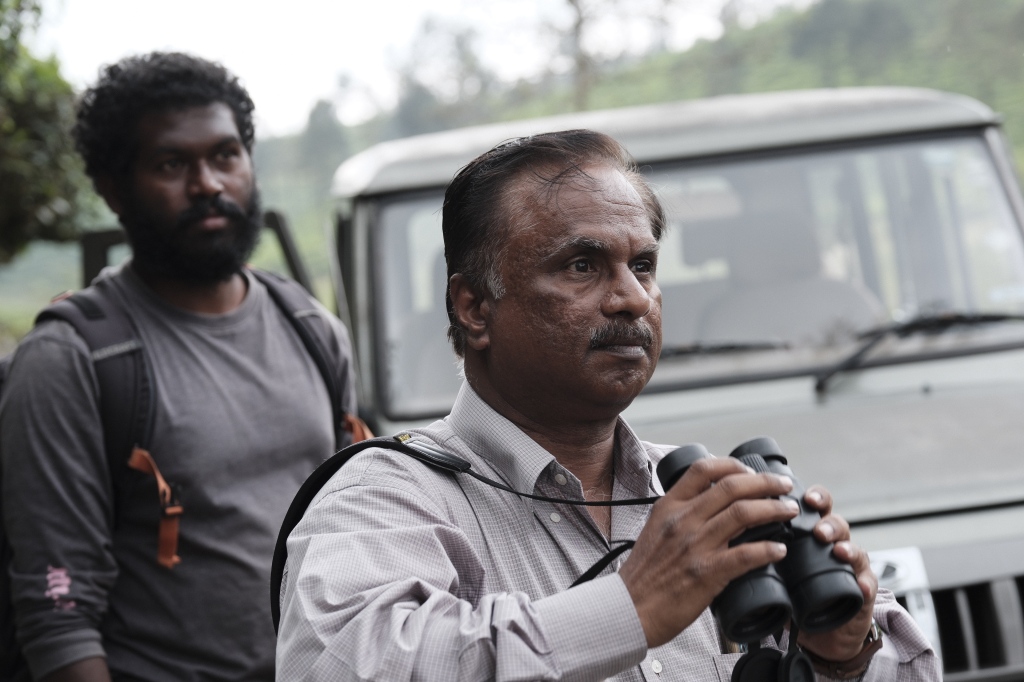We’ve shifted into sound post production with The Way, My Way – and there’s not much for us to do at this stage of things, so I decided that Jennifer and I could productively use our time to do research and location surveys on a story that’s intrigued me for some time.
And by some time, I mean for about twelve years or so.
That’s often how long I need to sit with a story to allow it to marinate before I feel sufficiently comfortable to move ahead on it – or not.
Kiss or Kill took ten years, In a Savage Land took eight, The Nugget had a long gestation period of over a decade, and this current film The Way, My Way, was percolating away for seven years before we upped tools and began production.
I can’t really remember when I first read Tarquin Hall’s To an Elephant Graveyard, but it would have been a good twelve years ago, maybe longer.
It was an obscure book, set in Assam in the north east of India, and it detailed how a council of villagers hired a hunter to track down and kill a “rogue” elephant. The story was told through the eyes of a journalist sympathetic to the elephant.
I found it a fascinating story, and one that would allow me to explore the destruction of natural habitats, and the dysfunction and disconnect between man and nature.
Assam though is fraught with political difficulties, not a very safe place to visit I was told, but then in research I discovered that there was a place called the Elephant Mountains in a remote region of Tamil Nadu in southern India that had one of the largest concentration of elephants in the world.
I also discovered that a scientist by the name of Dr Anand Kumar, Chief Scientist at the Nature Conservation Foundation, was a world expert in what’s called elephant / human conflict. In other words, deaths resulting from human / elephant interactions. The place where he’d done most of his research was in the Elephant Mountains.

So I contacted Dr Kumar from Australia and arranged for Jennifer and me to spend a few days with him and his associate in the NCF, Ganesh Raghunathan. (Ganesha by the way is one of the most prominent of Hindi gods – an elephant god believed to be a clearer of obstacles.)
They were very generous with their time with us. And they immediately informed me that the story in To an Elephant Graveyard simply wouldn’t fly.
For starters they railed against the notion of a rogue or killer elephant. In scientific terms they didn’t see elephants in that way at all. Elephant behaviour was far more complex and sophisticated – and to be branded rogue or killer was simply sensationalism – and they wished to have no part in any production that sought to go down that path.
Equally, they said that a village group hiring a hunter to kill an elephant just wouldn’t happen, even fifteen or twenty years ago. Apart from the fact that it was then and still is illegal, they pointed out that elephants in India are deities — they worship Ganesha, the elephant god.
So that killed stone dead my thoughts of making a film around that book.
That’s okay.
Maybe there was a better story to be told within this arena.
And there is!
A way better story.
During the time spent with Anand and Ganesh, they gave us information and told us true stories which you simply couldn’t make up.
Put into a dramatic narrative form, they will make for a film that will have way more impact than the story I started out with. It will be far more intriguing, and it will say things about the co-existance of man and the natural world in ways that will be fresh, original, and will be a full-blast emotional rollercoaster.
Jennifer and I had to come to the Elephant Mountains and spend time with these very special people and get out and see locations for ourselves – be on the ground talking not only to scientists but villagers and others as well – to feel comfortable that we will be attempting to undertake a film that, like The Way, My Way, can be told with the utmost authenticity.
Now I have a big write ahead of me.


You must be logged in to post a comment.